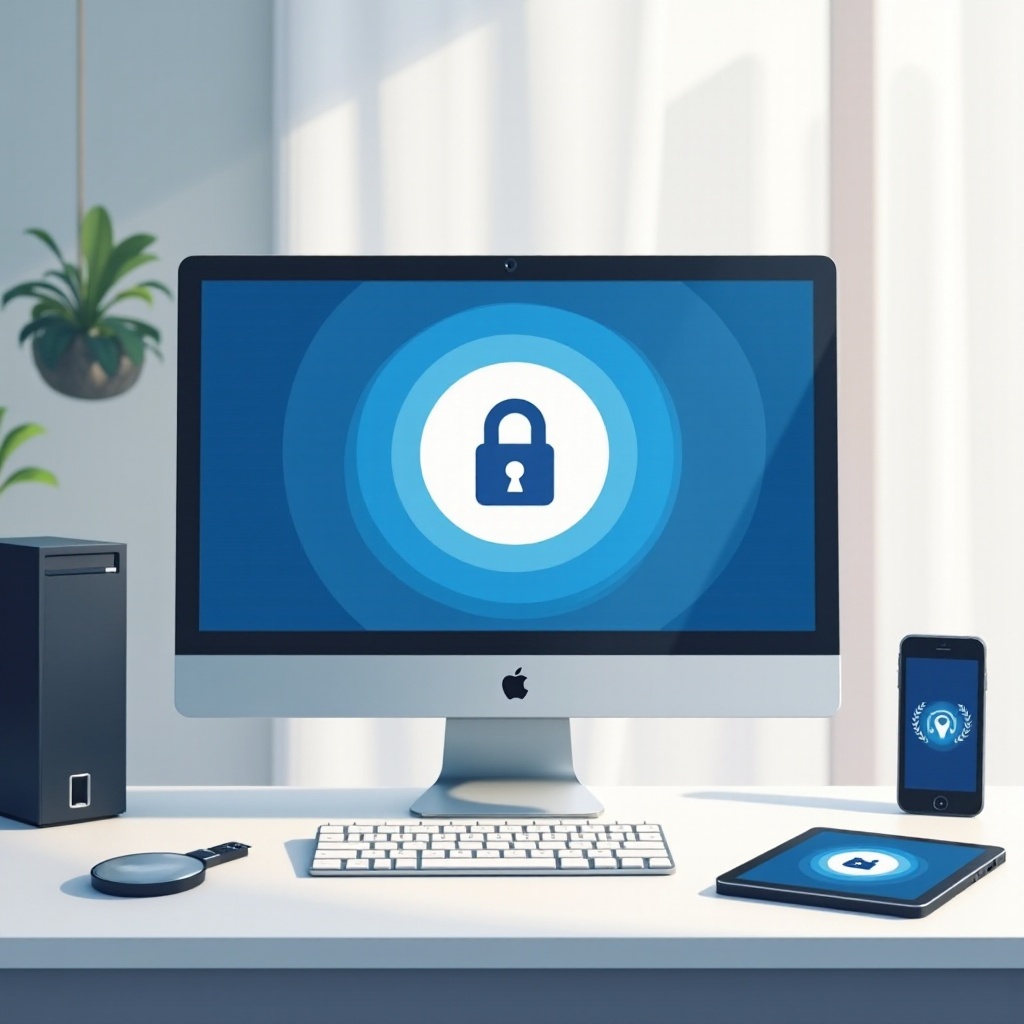How to Recover a Lost Windows Admin Password in 2024
Introduction
Forgetting a Windows admin password can be a frustrating hurdle, effectively locking you out of essential files and applications. Whether linked to a personal computer or a work device, swiftly regaining access is critical. This comprehensive guide offers straightforward solutions to recover your lost Windows admin password safely and securely. Navigate through these effective methods, which range from leveraging built-in features to exploring reliable third-party tools. Ensure that each step maintains your device’s integrity while providing you with regained access. Ready to regain control of your system? Let’s delve into the solutions.

Understanding Windows User Accounts and Passwords
Windows establishes user accounts for each system participant, varying as standard or administrator accounts, each offering distinct control levels. Admin accounts, with their expansive permissions, allow software installations and system setting modifications, making their passwords particularly significant. Losing an admin password means risking access to crucial functions that are sometimes vital for productivity.
Passwords serve as protective barriers for user accounts, ensuring that only authorized users gain access. Windows provides multiple password recovery methods, designed to safeguard against unauthorized entry while ensuring recovery for legitimate users. Familiarity with these pathways becomes essential, especially for those managing sensitive data. Prevent a minor oversight from snowballing into a significant problem by learning Windows account and password protocols. Now, let’s explore some practical recovery methods.
Method 1: Using a Password Reset Disk
A password reset disk serves as a preemptive tool for password recovery, but only if it was created beforehand. Here’s how to use it if you have one:
- Insert the password reset disk into your computer.
- On the login screen, type any password to prompt an error message.
- Click ‘Reset Password’ and follow the on-screen instructions.
- Set and confirm a new password.
This approach highlights the value of preparation; a password reset disk can be a lifesaver during unwelcome lockouts. However, if you haven’t prepared one, don’t worry. There’s always another method to regain access.
Method 2: Accessing Built-in Administrator via Safe Mode
Safe Mode features a built-in administrator account that can help in resetting your password.
- Restart your computer and press F8 before Windows boots.
- Select ‘Safe Mode with Command Prompt’ from the options menu.
- Log in as the default Administrator.
- Open Command Prompt and type
net user yourusername newpassword, then press Enter.
This method relies on Safe Mode as a straightforward tactic to reset your password using internal Windows tools. If Safe Mode proves inaccessible, there’s still the option of utilizing installation media.
Method 3: Resetting Password Using Installation Media
Installation media, whether a DVD or USB, serves as a versatile recovery resource. Here’s a detailed guide on its usage:
- Load the Windows installation media and boot from it.
- Opt for ‘Repair your computer’, then continue to ‘Troubleshoot’.
- Navigate to ‘Command Prompt’ and input:
net user yourusername newpassword. - Restart your computer and login with the new password.
Using installation media provides a robust solution, especially when other methods fail. Although powerful, careful execution is advised to prevent unintentional system file alterations. When this seems daunting, consider exploring user-friendly third-party tools.
Using Third-Party Password Recovery Tools
Third-party software solutions offer alternative avenues for recovering lost admin passwords. Tools, such as Ophcrack or Offline NT Password & Registry Editor, provide powerful assistance. Follow these general steps:
- Download a reputable tool from a trusted website.
- Carefully follow the installation and usage guidelines provided.
- Utilize the tool to reset or recover your password.
These tools provide powerful solutions but should be selected and used with care to avoid malware risks. Always ensure that any software you use is well-reviewed and verified, safeguarding both system integrity and data security. With effective recovery methods at your disposal, it’s now vital to implement preventive measures to thwart any future password issues.

Preventative Measures to Avoid Future Lockouts
Prevention proves the best defense against lost passwords. Follow these proactive tips to minimize the risk of lockouts:
- Create a password reset disk immediately after account setup.
- Employ password management tools for secure credential storage and retrieval.
- Regularly update passwords for enhanced security.
- Enable two-factor authentication to add an extra security layer.
By implementing these strategies, most password-related problems can be avoided. Taking proactive steps significantly boosts data security while reducing downtime. With such measures in place, you’ll prevent the stress of future password recovery endeavors.

Conclusion
Recovering a lost Windows admin password needn’t be an overwhelming task. This guide has outlined a range of reliable solutions. Whether you opt for built-in Windows features or efficient third-party tools, restoring access and securing your data is manageable. Prioritizing preventative measures ensures a seamless computing experience, minimizing future password-related issues.
Frequently Asked Questions
How can I create a password reset disk without logging in?
Unfortunately, you can’t create a password reset disk without logging in first. Plan ahead while setting up your account.
Are third-party password recovery tools safe to use?
When downloaded from reputable sources, these tools can be safe. Always verify the software’s legitimacy before use.
What should I do if none of the methods work?
If all methods fail, consider consulting a professional or contacting Microsoft Support for assistance.
